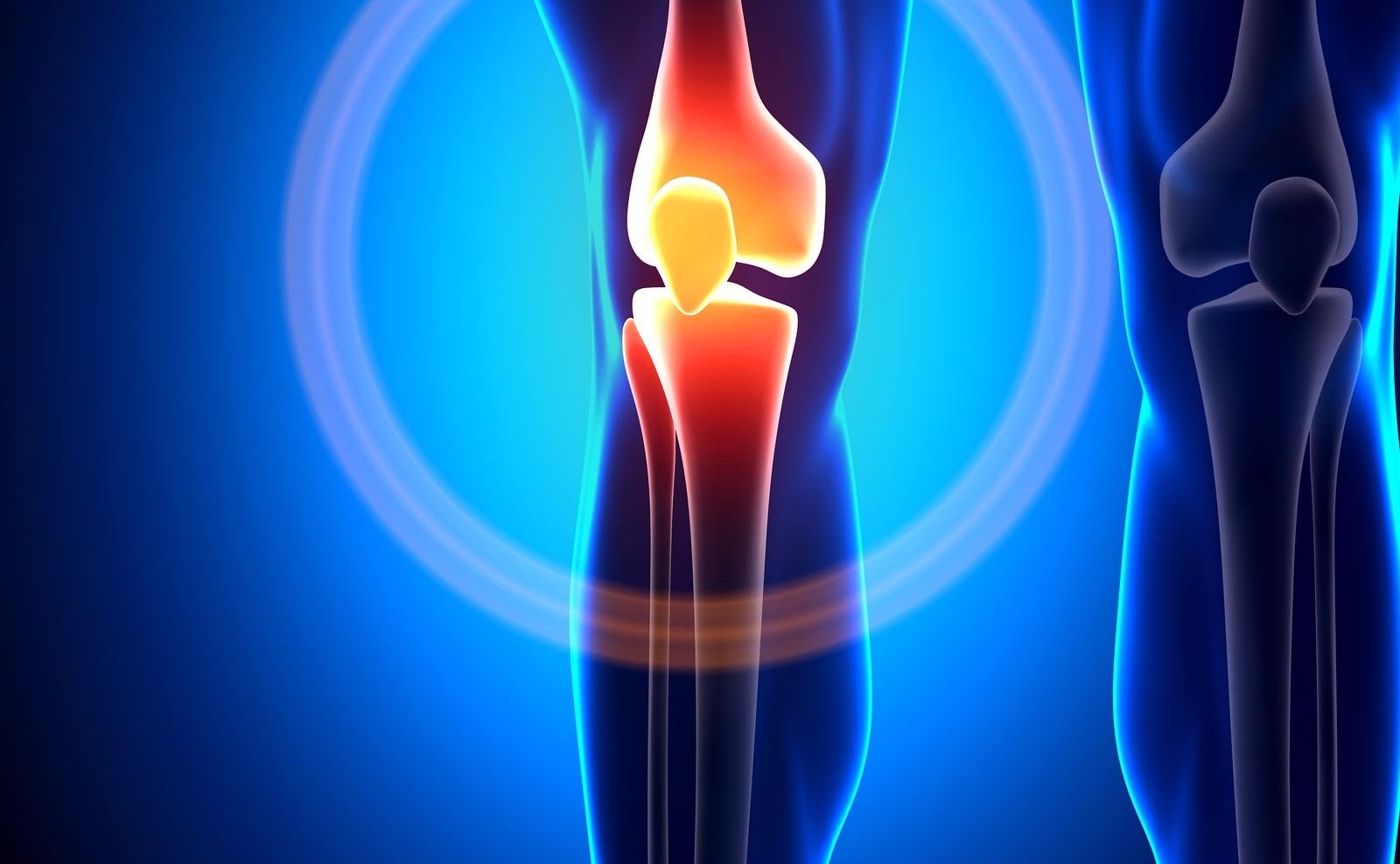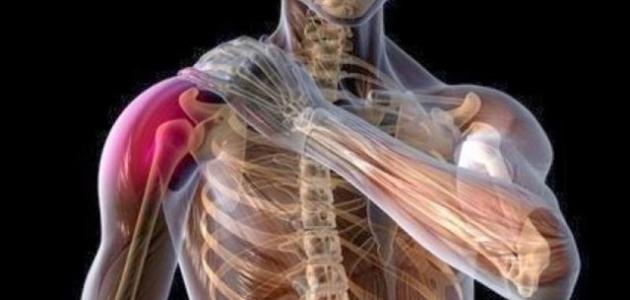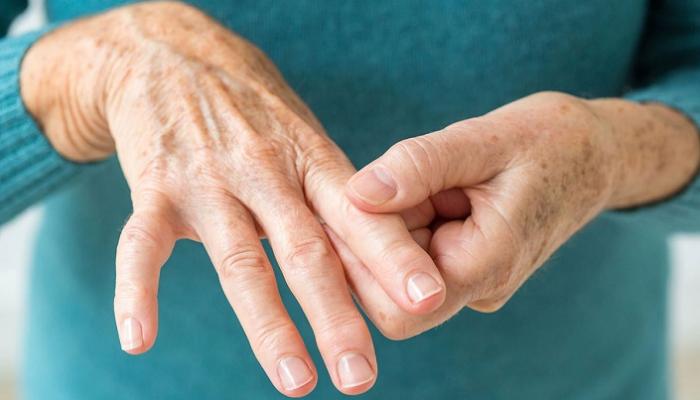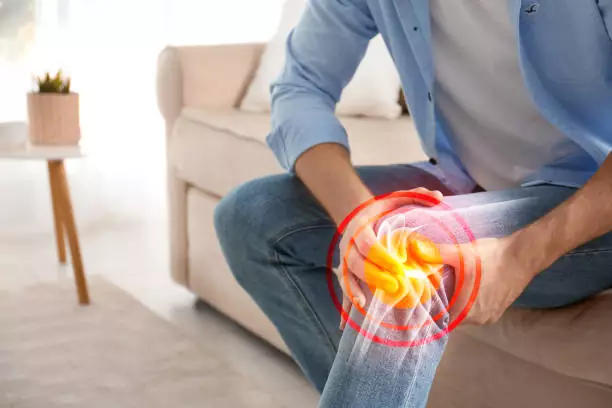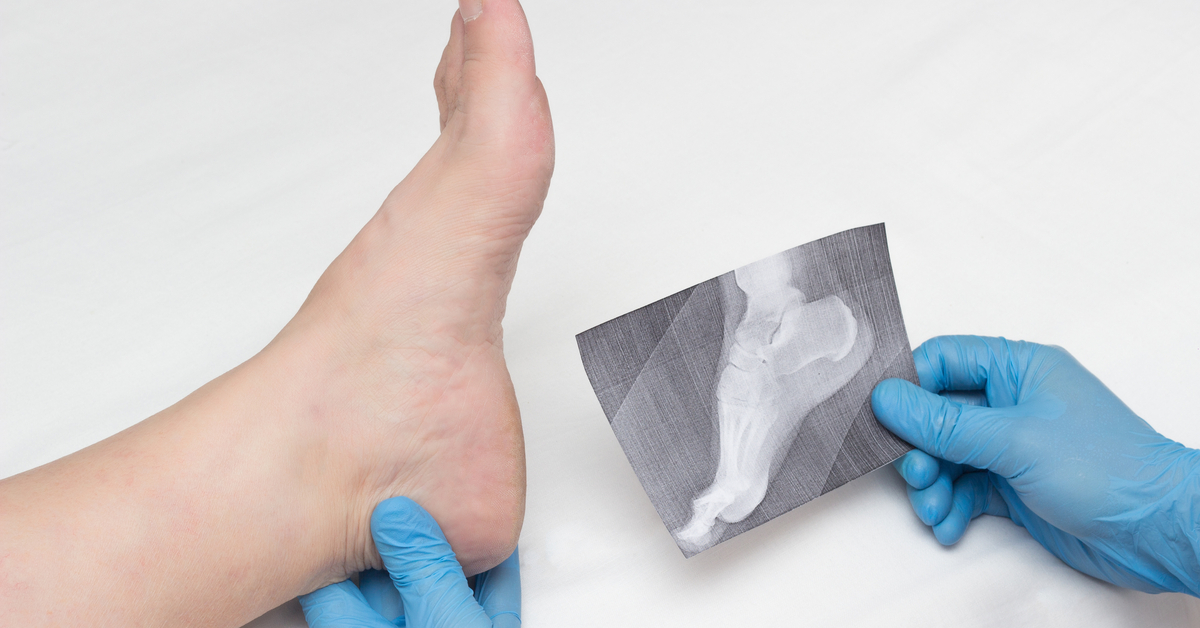The process of replacing the hip joint, its causes and types
Hip replacement surgery is one of the important medical procedures that help improve the condition of the joint, and you can learn about it in detail in the following article.
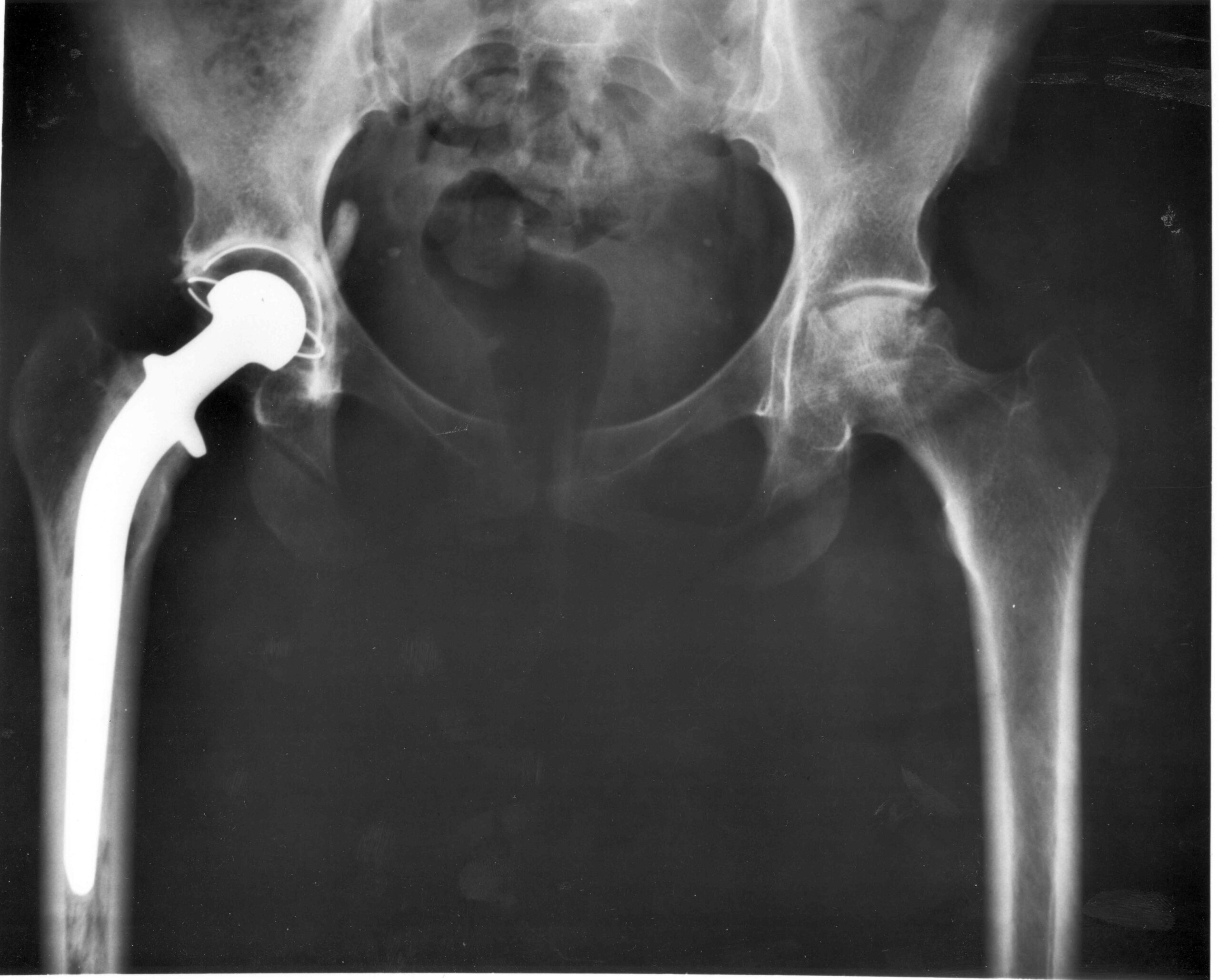
What is the hip replacement procedure?
Joints are of great importance in a person’s ability to move and the ability to flex the joint to carry heavy objects, exercise, or other daily physical activities. The thigh joint is one of the largest and strongest joints in the body, and it is of the acetabular spherical type.
The thigh joint is called by this name because it consists of a spherical head, which meets the pelvic bones in the acetabular cavity.
The cartilage in the thigh joint can be eroded or atrophied, which causes the patient to feel pain in this area, which increases with movement and makes it difficult for him to move from one position to another. Therefore, immediate treatment is one of the most important steps that the patient must work on in the current period.
Reasons for hip replacement
The joints can be exposed to more than one disease or factor that leads to inflammation or erosion of the cartilage, which causes the person severe pain in the joint, and this leads to difficulty in moving or doing exercise, and this is due to some reasons, which are as follows:
- Rheumatoid infection.
- Exposure to arthritis resulting from aging.
- An accident in the hip joint.
- The presence of necrosis in the bones is a result of their weakness.
- Congenital defect from birth.
- Osteoarthritis.
These factors can increase the chances of exposure to atrophy in the synovial membrane lining the joint, thus exposing the heads of the bones, and thus the patient feels pain when walking or moving the joint in general.
Types of hip replacement surgeries
There is more than one type of surgical medical procedure that can be performed in the event of a replacement of the hip joint, and this is due to the extent of damage to the cartilage and deformities that the joint was exposed to as a result of the roughness and erosion of the synovial membrane lining it, and the types of hip replacement operations are divided as follows :
- The process of resurfacing the surface of the hip joint,
through this surgery, it is possible to remove part of the head of the femur and replace it with a smooth metal part to facilitate movement and prevent friction, and the hip cavity is leveled and a metal cap is placed to make the process of moving the joint easier. - Partial replacement of the hip joint
Part of the hip joint can be exposed as a result of erosion of part of the cartilage and thus the damaged part is replaced. - Total replacement of the hip joint,
through this process, the entire joint is replaced, and this is in the event of severe roughness, and the hip joint is changed from both ends.
The most appropriate type of operation for the patient is determined after a full diagnosis of the person is made and the extent of the damage or atrophy that is present in the hip joint is determined. The treating doctor begins to use non-surgical treatment methods for minor injuries, but in the event of the failure of these methods, surgical treatment is the best solution.
Diagnosis before hip replacement surgery
The doctor begins by doing the necessary examinations and x-rays, whether by magnetic resonance imaging or x-rays, which work to determine the damaged part in the joint and the current condition of the cartilage. The doctor can then determine the type of operation that is performed and how to prepare the patient before surgery, as well as the rehabilitation program after the operation.
Before hip replacement surgery
Preparation and preparations before performing the hip replacement surgery are considered one of the basic steps that help the patient get the desired results from the surgery, and there is no effect or complications after the surgery.
Preparing the patient before surgery can be done through the following steps:
- See the patient’s health status and learn about other types of medications he is taking.
- Do a blood test to find out whether he will need treatment for it or other diseases before surgery.
- Discussing the type of anesthesia with the specialist doctor, because the operation is performed under general anesthesia.
- You must refrain from smoking for at least two weeks after the joint replacement surgery.
- Trying to maintain a balanced diet during the treatment period before surgery so that the body does not suffer from complications due to malnutrition.
The surgery date is determined with the surgery and all the procedures followed before the operation are clarified. The doctor also explains to you the treatment program and the steps that will be taken after the surgery. You must refer to the doctor in the event of any injury to the patient before the surgery.
Hip replacement surgery
After preparing the patient well before the surgery and working on the steps that help in increasing the success rate of the operation before performing it, the surgeon performs the hip replacement operation, and it can be done through the following steps:
- The patient is anesthetized before the operation, and in most cases, it is general anesthesia.
- After locating the injury, the surgeon begins to make an incision in the skin, usually behind the pelvic bone.
- After making the incision, the surgeon removes the damaged and damaged parts of the cartilage in the joint and flattens the bones underneath in preparation for the placement of the artificial joint.
- The new joint is installed and fixed well, whether partially or completely.
- The surgeon checks the integrity of the joint when installing it and its ability to move.
- The wound is sterilized, sutured, and covered with bandages so that it does not get contaminated until it heals.
After the surgery, the injured person returns to the recovery room for the examination to be done after the surgery and to ensure that the patient is safe and not exposed to any complications. He may remain in the hospital for several days after the operation.
What after hip replacement surgery?
After the operation to replace the joint, the patient must know the steps or instructions that he must take other than the recovery period, which help him feel less pain and be able to regain his ability to walk in a shorter period, and the medical team will explain them to you during the days that you are in the hospital.
The patient can take the following steps after the hip replacement surgery:
- The wound should be kept clean and dressings changed regularly.
- Discuss your current health condition with your medical team at the hospital.
- Take care not to overload the joint in the first weeks.
- Keep the medicines prescribed by the doctor.
- Attention to medical follow-up and refer to the doctor in case of complications.
- Knowledge of the rehabilitation program and physical therapy after the operation.
- Adhere to the instructions given by the doctor regarding the movement so that there are no risks to the joint.
Advice after a hip replacement
The medical team that follows your condition in the hospital during the days you are in the place, ranging from 1 to 3 days, gives you some tips that help you start to feel better and the pain decreases over time, and also to avoid the risks after a difficult surgery such as changing the hip joint.
Here are the tips recommended by orthopedic doctors after hip replacement surgery:
- Take care to take painkillers on time, to gradually reduce the severity of the pain.
- Encourage the use of ice packs, which reduce swelling around the joint.
- Start walking for a short time during the first days after surgery and gradually increase the duration and distance, and you can take a break if you feel severe pain.
- Do the simple exercises your physical therapist has shown you to do at home.
- Using crutches and a walker when going up or down stairs or changing between standing and sitting.
- Try to rest my shoulder and not cause too much stress on the joint.
- Keep the wound and the surrounding dressings away from water or dust so that contamination and infection do not occur.
- Increasing the proportion of proteins and vitamins in the daily diet of the infected person.
- Take care to reduce the weight so as not to put pressure on the joint again.
Exercises after hip replacement surgery
Post-surgery exercises generally improve blood circulation in the affected part and reduce the risk of blood clots. It also works to strengthen the muscles in the legs, which helps reduce weight or load on the affected joint, relieves pain, and speeds up recovery.
There are some exercises recommended by physiotherapists after hip replacement surgery :
- Ankle rotation exercise
The patient lies on the ground and the ankle is moved inwards and then outwards. These movements can be repeated 5 times in each direction. - Push-up exercise for the buttocks
The exercise is performed by sitting on the floor, straightening the legs, working to tighten the buttocks, holding this position for 5 seconds, then returning to the normal position slowly, and the exercise is repeated from 8 to 10 times. - The leg raise exercise
, the injured person lies on the back, bends the uninjured knee, raises the other leg up so that it is in the form of a straight line, holds for 5 seconds, then lowers the leg slowly. The exercise can be repeated several times a day.
Risks of hip replacement surgery
The operation to replace the hip joint is considered one of the difficult medical procedures, after which the patient needs a great recovery period, but like this surgery, like other operations, the patient may be exposed to some complications that may affect the patient or expose him to other diseases.
Among the risks that a person may be exposed to after a hip replacement are as follows:
- Infection.
- The presence of bleeding in the wound.
- Exposure to infection risk.
- Stiffness in the joint.
- Having blood clots.
- The presence of severe pain in the joint.
- Displacement of the joint from its original position.
- Damage to a nerve near the joint.
Complications can be avoided by making sure to carry out the medical procedures that the doctor explained to you after the operation, which help reduce the chances of infection significantly, and thus the patient is not exposed to it.
How long does joint replacement surgery take?
The process of changing the joint requires some time, up to several hours, and not less than two hours or more, and the patient is anesthetized on this basis.
The cause of leg swelling after hip replacement surgery
When performing a joint replacement operation, the patient may experience postoperative symptoms, which are a feeling of pain at the wound site and swelling, but these symptoms disappear within days after the operation with the use of painkillers and anti-inflammatory drugs, in the case of increased swelling in the joint with time, it may indicate the occurrence of a blood clot.
When does walking start after installing the hip joint?
The patient can start walking during the second day after the operation, but he may need help in the first period, and he must use crutches or a walker so that there is no great pressure on the joint, and the time and distance allocated for walking are graduated so that the patient can return to his normal activity.
Is hip replacement surgery dangerous?
Sometimes the operation to replace the hip joint can be dangerous for the injured person because it may lead to complications, including stiffness in the joint or exposure to dislocation in it, as well as the risk of infection or inflammation, and the patient must refer to the direct doctor of the case in the event of complications arising in order to take the necessary measures.
How long does an artificial joint live?
The artificial knee joint is designed to have a validity period of about 15 years or more, after which the joint can be changed, but in many cases, the injured person does not need to change the joint again, especially if it is preserved and not exposed to accidents or injuries.





